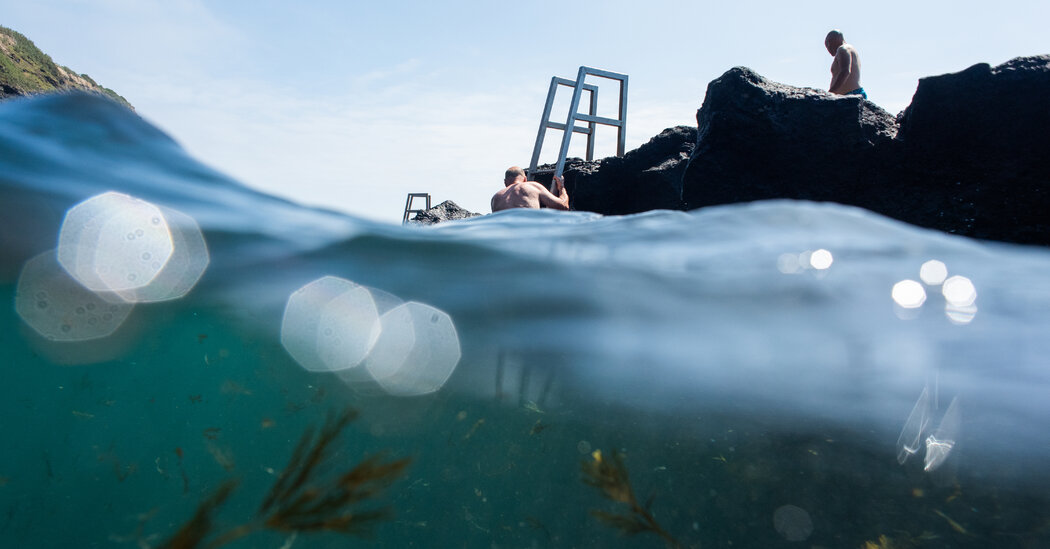It was 6 a.m. — 2 a.m. to my raddled East Coast brain — and my husband, daughter and I were staggering through customs in the Ponta Delgada Airport, on the island of São Miguel, the largest of the nine islands that make up Portugal’s Azores archipelago.
Despite the fog inside my head, my energy was high. A fellow mom who had been on our Boston redeye marveled at the gorgeous weather forecast, which elicited a chuckle from the guard. “Gorgeous, I don’t know,” he said. “But you will experience all four seasons every day.”
He was right. During our weeklong visit, we experienced steady rains and bright sunshine, donned bathing suits and layers of fleece. But never mind the weather; it was the natural theater of the four elements — earth, water, fire and air — that made São Miguel an adventure unlike any other.
Around 36 million years ago, the Azores Plateau was formed in the Atlantic Ocean where the North American, Eurasian and African tectonic plates meet. As these plates pulled apart on the ocean bed, molten volcanic material rose and formed new oceanic crust. The chain of islands formed from the upper sections of the volcanoes that rose from this plateau. In other words, the Azores are volcanic islands, and their distinctive geology creates a vivid landscape and environment.
Carpets of green and bubbling fumaroles
Our adventures through the elements began with the early morning drive from the airport to our first hotel, Furnas Lake Forest Living, in the Furnas Valley, a dormant crater that has high geothermal activity in the southeast of São Miguel. Refamiliarizing ourselves with the adrenaline rush of a stick shift in a hilly environment, we drove past expansive, green, almost glowing pastures that were crisscrossed with darker green lines, where volcanic rock walls had been covered over with moss and plants.
As we descended toward the valley, these vast green carpets — dotted with the black-and-white dairy cows that are so important to the local economy — became obscured by thick plane trees and pink azaleas. The hydrangeas the island is known for were still two months from blooming. The proximity of the foliage to the road created tunnels that seemed to be transporting us to a magical destination.
When we pulled into Furnas Lake Forest Living through a grove of Japanese cedars, the storybook enchantment was complete. Manuel Gago da Câmara, who owns the resort with his wife, Helena, and who had planted those imported cedars,…
Click Here to Read the Full Original Article at NYT > Travel…
